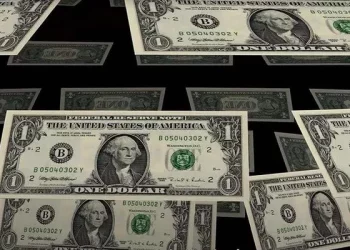On Tuesday, the EUR/USD pair recorded a slight uptick of over a tenth of a percent, hovering in the mid-1.0800s, largely in tandem with a broader trend of US Dollar (USD) depreciation.
Both the US Dollar Index (DXY), which gauges the currency‘s performance against a basket of peers, and the closely linked US 10-year Note yield, observed declines as well.
The EUR/USD pair has managed to surpass key technical levels, notably the 50-day and 200-day Simple Moving Averages (SMA), rebounding from the lows of 1.0801 seen in the previous week.
This upward movement appears to be driven by profit-taking activities following the recent surge in the USD rather than any significant fundamental catalysts.
Despite Monday’s release of US New Home Sales data indicating a slight dip of 0.3% from the previous month, overall economic indicators continue to suggest robust performance and persistent inflation in the US economy. Such indicators may mitigate the urgency for the Federal Reserve (Fed) to implement interest rate cuts, a significant driver in the foreign exchange (FX) market.
Federal Reserve speakers on Monday struck a generally hawkish tone, advocating for a measured approach to rate cuts. Atlanta Federal Reserve Bank President Raphael Bostic forecasted only one rate cut in 2024, contrary to the official stance supporting three cuts.
Meanwhile, European Central Bank (ECB) officials signaled a more dovish stance, with some members hinting at the possibility of earlier-than-expected rate cuts. ECB Member Fabio Panetta noted a growing consensus for a rate cut due to inflation nearing target levels, potentially as early as June. Such dovish remarks contrast with Fed sentiment and may influence EUR/USD dynamics.
Technical analysis suggests that EUR/USD is currently experiencing a pullback within a short-term downtrend, with potential weakness anticipated to resume. A decisive breach below key support levels around 1.0795 could signal further downward movement towards targets at 1.0750 and 1.0700. Conversely, a breach above 1.0950 could challenge the validity of the short-term downtrend.

























